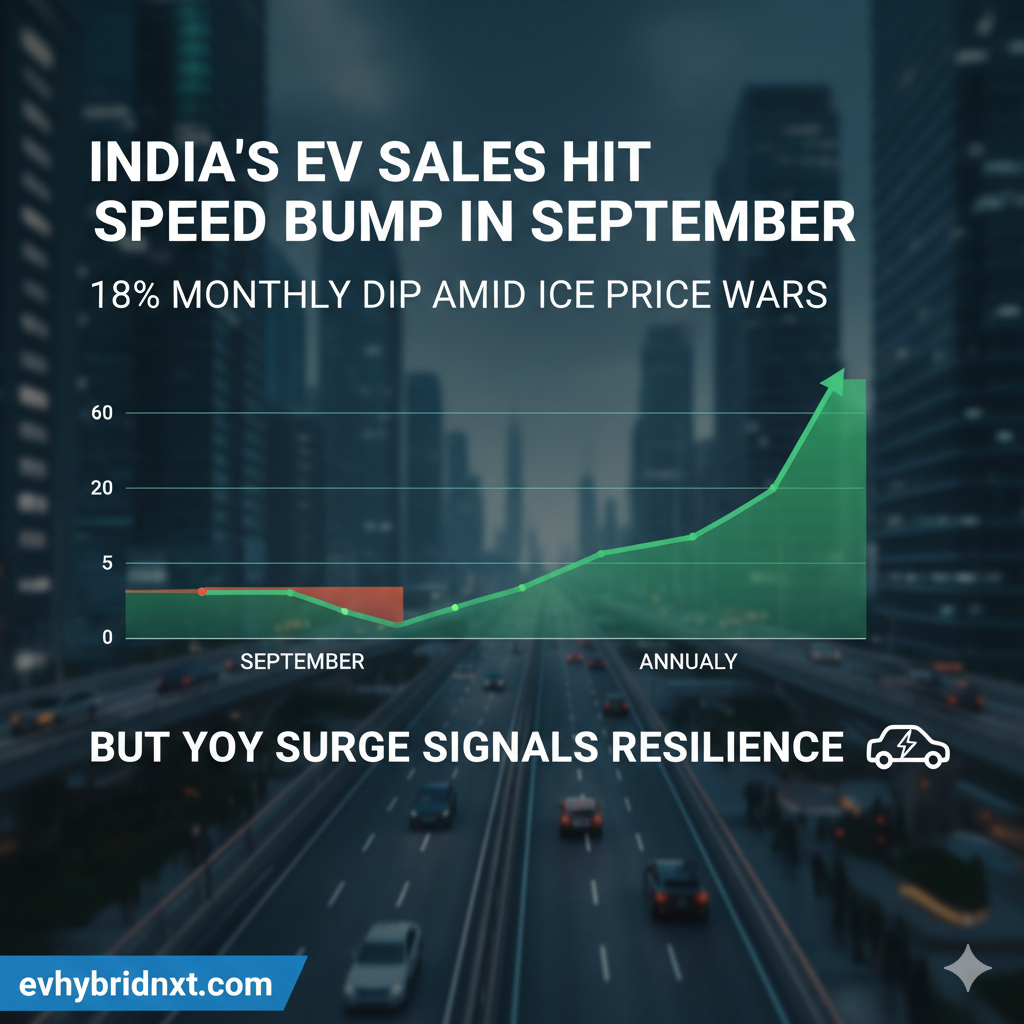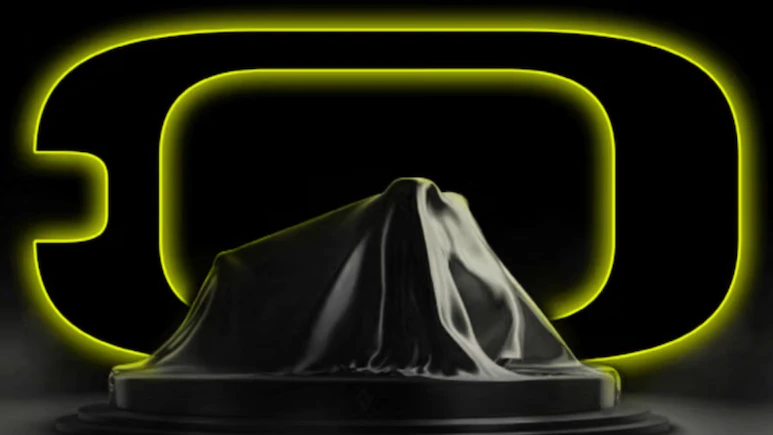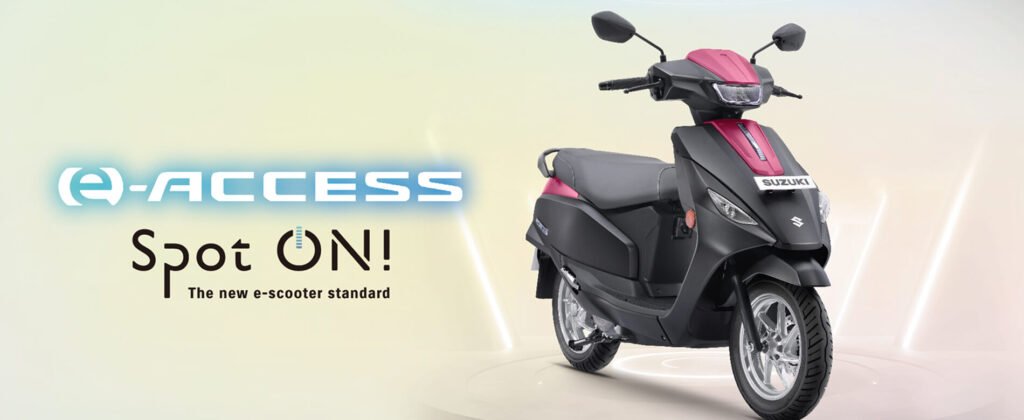India’s electric passenger vehicle (e-PV) market, fresh off two blockbuster months of record sales, encountered turbulence in September as aggressive price reductions on internal combustion engine (ICE) vehicles under the GST 2.0 regime siphoned momentum from the green revolution. Retail registrations plummeted 18% month-on-month (MoM) to 15,038 units, according to Vahan dashboard data captured as of October 1 at 6:30 a.m.—a figure expected to tick slightly higher with late-month filings. While this marks a robust 143% year-on-year (YoY) leap from September 2024’s 6,184 units, the sequential slide underscores the fragility of EV adoption amid subsidy tweaks and competitive discounting in the broader auto sector.
The downturn follows August’s zenith of 18,307 units and July’s 16,286, painting a picture of a market catching its breath after a summer sprint. Analysts attribute the lull to automakers slashing ICE prices by up to 10% post-GST revisions, luring budget-conscious buyers away from pricier EVs. Yet, with 16 original equipment manufacturers (OEMs) now vying for supremacy—including newcomers Tesla and VinFast—the stage is set for a festive rebound, as pent-up demand and seasonal incentives loom large.
Tata Motors clung to its throne with a commanding 40% market share, dispatching 6,094 units despite an 18% MoM drop from August’s 7,444. The homegrown giant’s resurgence owes much to the freshly unveiled Harrier EV, which has propelled monthly volumes past 6,000 for the third straight outing. Stalwarts like the Punch EV, Nexon EV, and Curvv EV continue to anchor sales, buoyed by a diverse lineup that spans the Tiago and Tigor EVs. However, Tata faces stiff challenges from upstarts eroding its dominance: JSW MG Motor India and Mahindra & Mahindra, both flush with recent launches.
| OEM | September Sales | MoM Change | Market Share | Key Models |
|---|---|---|---|---|
| Tata Motors | 6,094 | -18% | 40% | Harrier EV, Punch EV, Nexon EV, Curvv EV, Tiago EV, Tigor EV |
| JSW MG Motor | 3,843 | -24% | 23% | Windsor EV, ZS EV, Comet EV, M9 MPV, Cyberster |
| Mahindra & Mahindra | 3,187 | -14% | 21% | BE 6, XEV 9e, XUV400 |
| BYD India | 541 | +13% | 4% | Atto 3, Seal, eMax 7, Sealion 7 |
| Kia India | 499 | +8% | 3% | Carens Clavis EV, EV6, EV9 |
| Hyundai India | 342 | -45% | 2% | Creta Electric, Ioniq 5 |
| Tesla India | 60 | N/A | <1% | Model Y |
JSW MG Motor India, riding high on its battery-as-a-service (BaaS) model with the Windsor EV, clocked 3,843 units—a 24% MoM retreat from August’s 5,079, its softest showing in five months but still securing a 23% slice. The marque’s aggressive expansion into premium territory with the M9 MPV and the swanky Cyberster roadster (priced at ₹72.49 lakh) signals big ambitions, both funneled through the upscale MG Select dealerships. Complementing these are the reliable ZS EV and pint-sized Comet EV, which have carved niches in urban and entry-level segments.
Mahindra & Mahindra rounded out the podium with 3,187 e-SUVs, a 14% MoM dip from August’s 3,699, yet claiming 21% of the pie. The trio of electric-native offerings—BE 6, XEV 9e, and the evergreen XUV400—have fortified its arsenal since their early-2025 debuts. Production is ramping apace: Mahindra’s Chakan plant churned out a record 4,921 units of the BE 6 and XEV 9e in August alone, stockpiling inventory for the Diwali dash.
Defying the gloom, BYD India emerged as a bright spot, lifting sales 13% MoM to 541 units—its strongest since May’s 531. The Chinese behemoth, the globe’s top EV producer, leaned on its eclectic quartet: the Atto 3 SUV, Seal sedan, eMax 7 MPV, and the rugged Sealion 7 SUV, appealing to a broadening swath of discerning buyers.
Kia India mirrored the upbeat vibe, notching 499 units—a 8% MoM gain and a fresh personal best over August’s 463—vaulting it to fifth among the 16 contenders and eclipsing Hyundai. Credit the buzzworthy Carens Clavis EV MPV, a mass-market entry that’s democratizing electric MPV ownership. Flanking it are the pricier, fully imported EV6 and EV9, which cater to luxury seekers despite their CBU premiums.
Hyundai Motor India, conversely, grappled with steeper headwinds, offloading just 342 e-SUVs—a sharp 45% MoM plunge from August’s 618. The Creta Electric, unveiled in January, sparked initial fervor—peaking at 905 units in March after February’s 775—but enthusiasm has waned, hampered by tepid updates and fiercer rivalry. The Ioniq 5 persists as a premium outlier in its stable.
Debutants added intrigue: Tesla India inked its first chapter with 60 Model Y crossovers, a modest entrée into a market it’s long eyed, while VinFast India joined the fray sans immediate sales splash. These additions swell the e-PV arena to 16 players, intensifying a scrum where innovation and affordability will dictate victors.



